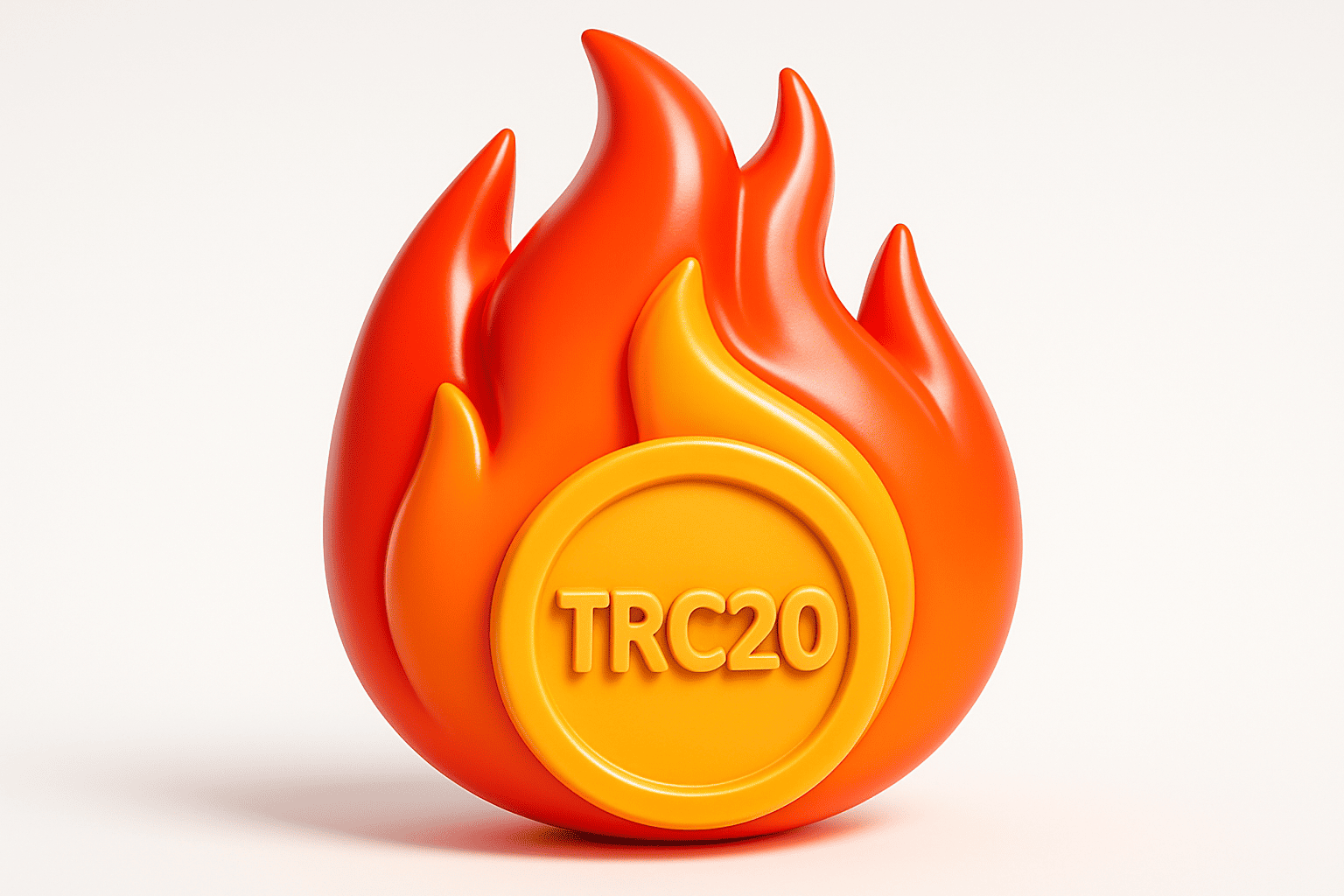Popular cryptos
Radix
Download app Ironwallet and get tool for making transaction without network fee
About Radix
Radix is a layer-1 protocol focused on building a decentralized network that can meet the scaling demands necessary for mass adoption. The project was started in 2013 by Dan Hughes, CEO, with the goal of creating an “infinitely scalable” public ledger capable of serving as the backbone for the next generation of digital assets and decentralized applications.
The Problems Radix Seeks to Solve
A core problem Radix aims to solve is the limited scalability of existing public blockchains. Networks like Ethereum and Bitcoin have trouble scaling beyond 15-30 transactions per second – nowhere near the transaction volume required for global adoption. Radix is built to achieve over 1 million transactions per second while maintaining security and decentralization.
In addition, Radix introduces the componentized architecture needed for predictable network upgrades. By separating core node functionality into components with defined purposes and interactions, Radix can ship upgrades without breaking existing applications. This “Lego-like” composability provides the flexibility necessary for long-term viability.
Radix’s Unique Consensus Algorithm
At the heart of Radix’s scalability is its novel consensus algorithm – Cerberus. Unlike proof-of-work and proof-of-stake algorithms, Cerberus achieves consensus through a distributed protocol built atop a directed acyclic graph ledger. This allows Radix to process transactions in parallel, leading to linear scalability gains as the network expands.
Cerberus also introduces a “tempo” mechanism to defend against attacks and ensure historical transaction finality. By coordinating nodes around an approximate pace of progress, past history becomes immutable, strengthening network security.
Scalability and Throughput
A core goal of Radix is delivering scalability without compromising on decentralization or security. Radix is engineered to handle over 1 million transactions per second while maintaining a highly decentralized network of nodes.
During internal testing in early 2022, Radix was able to exceed 1.4 million transactions per second on a test network of over 300 nodes distributed globally. This level of throughput is 2 orders of magnitude greater than any other decentralized ledger today.
Atomic Composability
Radix utilizes an asset-oriented programming model called Scrypto, built around composable components. Scrypto allows developers to build end-to-end DeFi applications out of reusable components that snap together like Lego blocks.
A key innovation of Scrypto is support for multi-asset atomic composability. This enables a single transaction to contain conditional logic, asset transfers, and interactions across components while ensuring the entire transaction succeeds or fails atomically. This “all or nothing” guarantee is critical for secure DeFi.
Radix Engine and Scrypto
The Radix public ledger is powered by the Radix Engine, a high-performance networking layer purpose-built for asset transfers. On top of the Radix Engine sits Scrypto, a platform for asset-oriented programming.
Scrypto allows developers to build end-to-end DeFi applications by composing together reusable components like tokens, loans, swaps, and more. This simplified asset-focused development model accelerates time to market while ensuring security.
Together, the Radix Engine and Scrypto provide the performance, predictable upgrades, and developer experience needed to make asset-based DeFi applications viable at a global scale.
Staking and Rewards
The Radix public network is secured through a proof-of-stake model where XRD holders can stake tokens in return for network rewards.
The more XRD staked on the network, the greater the security and decentralization. Radix utilizes an incentive structure focused on long-term holders – the longer XRD is staked, the higher the rewards.
In addition, Radix dynamically adjusts network fees to target an optimal level of stake. This helps secure the ledger while avoiding excessive transaction costs.
Roadmap and Progress So Far
Radix launched its Alexandria mainnet in November 2021, providing developers access to Scrypto and enabling staking. In 2022, Radix delivered Xi’an, Babylon, and Jericho upgrades, introducing core DeFi primitives, cross-shard transactions, and enhancements to the consensus algorithm.
Looking ahead, Radix plans to launch its decentralized exchange and integrate with Ethereum, helping provide liquidity and interoperability. Radix aims to deliver a complete decentralized finance stack optimized for global scale.
Partnerships and Integrations
Radix has partnered with companies utilizing its technology to build DeFi applications. Project partnerships include GraphLinq, an oracle solution; Instabridge, a cross-chain bridge; Equilibrium, a DeFi hub; and BidFX, a cross-chain lending protocol.
In addition, Radix provides incentives for community development through its Radix DevGrant program. The program has sponsored over 50 projects spanning decentralized social networks, NFT platforms, and DeFi applications.
As its ecosystem matures, Radix aims to provide the Web3 infrastructure for the next generation of digital assets and applications.





















